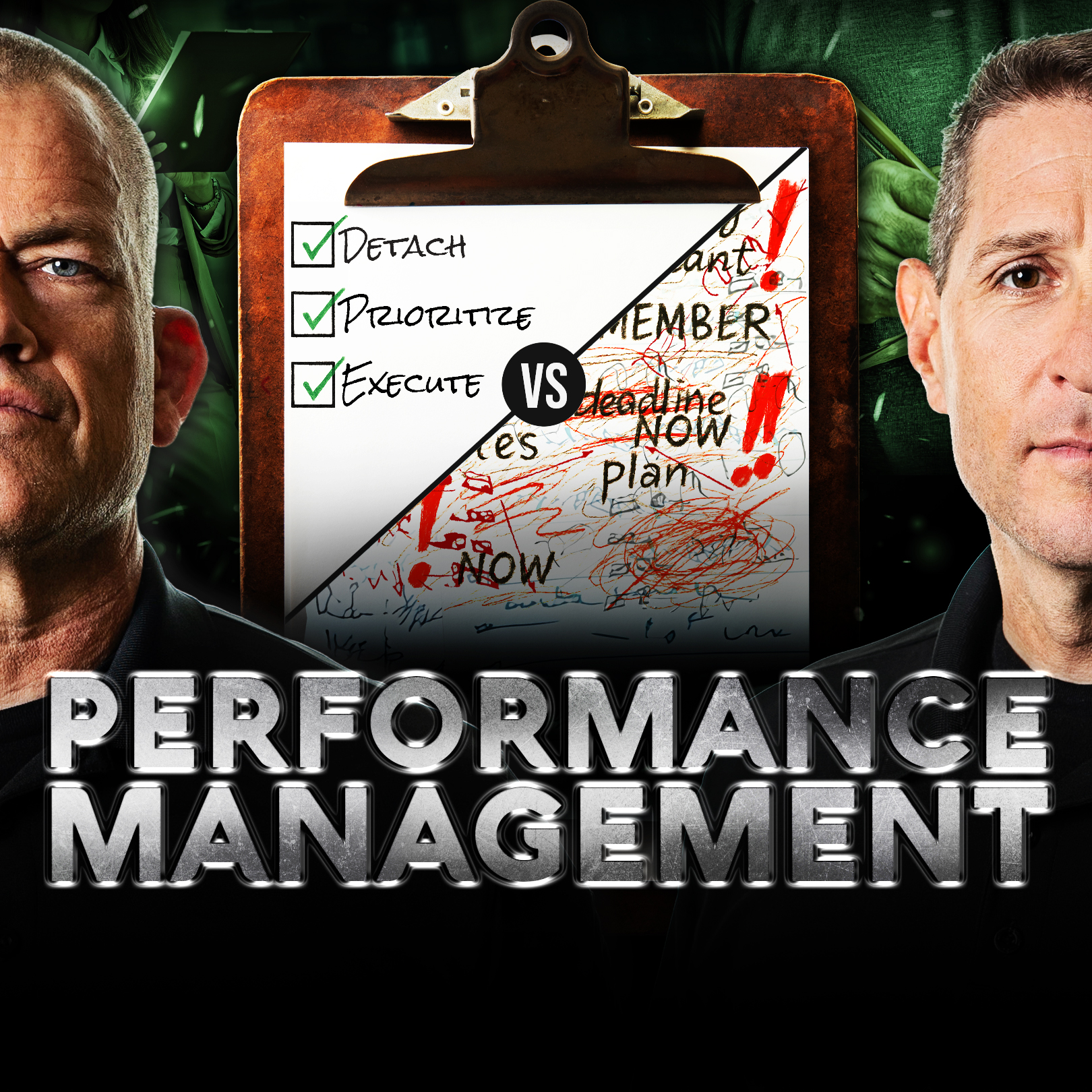Advancing our impact, effectiveness, and professional careers requires continuously developing new skills and preparing ourselves to move into new roles requiring capabilities we may not have developed yet. This divide between the skills we currently have and those we need for the next role, level, or opportunity is a “skills gap”. Bridging this gap is crucial for both individuals and teams to advance and achieve success, and it won’t happen by accident. Both leaders and individuals must take charge of bridging the skills gap.
Leadership Responsibility: Identify and Develop Team Skills
Leaders must take responsibility for identifying the skills needed to accomplish the mission and ensuring their team possesses those skills. Here’s how to do it:
- Assess Current Capabilities: Start with a thorough assessment of your team’s current skills. This can involve performance reviews, skills audits, and feedback sessions. Understanding where your team stands is the first step toward identifying gaps.
- Define Future Needs: Look ahead and identify the skills required to meet future goals. Consider industry trends, technological advancements, and strategic objectives. What skills will your team need to stay competitive and achieve your mission?
- Develop a Plan: Once gaps are identified, create a plan for developing those skills or filling those gaps in the team. This may include hiring new talent, but it must also be focused on developing existing team members. Investing in training programs, workshops, and continuous education is vital.
- Foster a Learning Culture: Encourage a culture of continuous learning and development. Provide opportunities for your team to grow, and emphasize the importance of self-improvement. Recognize and reward efforts to take risks, take ownership of new responsibilities, and acquire new skills.
Individual Responsibility: Own Your Growth
While leaders play a critical role in bridging the skills gap, individuals must also take ownership of their own development:
- Self-Assess with Humility: Start with honest self-assessment. Recognizing and admitting gaps requires humility. Without this, it’s impossible to evaluate where you stand and identify areas for improvement candidly.
- Seek Feedback: Don’t be afraid to seek feedback from peers, mentors, and supervisors. Constructive feedback can provide valuable insights into areas where you need to improve.
- Set Clear Goals: Define clear, actionable goals for closing your skills gap. This could involve learning new software, improving communication skills, gaining expertise in a specific area of your industry, or further refining your leadership skills.
- Find Resources: Take ownership of seeking out resources for learning. This could include online courses, certification programs, workshops, or even finding a mentor. The resources are out there; it’s up to you to find and utilize them.
- Practice and Apply: Learning new skills is only part of the equation. Practice and apply what you’ve learned in real-world scenarios. Volunteer for projects that challenge you, and don’t shy away from stepping out of your comfort zone.
- Innovate and Adapt: Embrace a mindset of continuous learning and growth. Bridging the skills gap isn’t a one-time event; it’s an ongoing process. Constantly seek to gain new skills and knowledge, adapt to new challenges, and innovate in your approach.
- Stay Committed: Bridging a skills gap doesn’t happen overnight. It requires ongoing effort and commitment. Stay disciplined and consistent by tracking your progress and celebrating small victories along the way.
Collaboration for Success
Bridging the skills gap is a shared responsibility. Leaders must create an environment that supports development and growth, while individuals must take active steps to improve themselves. When both parties take ownership, the results can be transformative.
Practical Tips for Bridging the Skills Gap
- Leverage Technology: Use digital platforms and e-learning tools to provide flexible learning opportunities for your team.
- Mentorship Programs: Establish mentorship programs within your organization to facilitate knowledge sharing and skill development.
- Cross-Training: Encourage cross-training to diversify skills within your team, enhancing versatility and resilience.
- Regular Check-Ins: Conduct regular check-ins to monitor progress, provide feedback, and adjust development plans as needed.
Conclusion
Bridging the skills gap requires a proactive and collaborative approach. By taking ownership of identifying and developing the necessary skills, leaders can ensure their teams are equipped to meet future challenges. Meanwhile, individuals who take responsibility for their growth can achieve their career aspirations and contribute more effectively to their organization’s success. Remember, learning, growth, and development is a never-ending journey.



